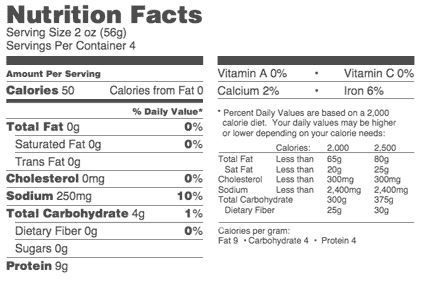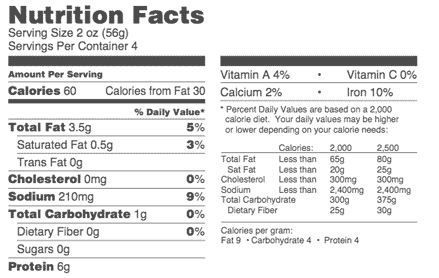Rich Tradition for Unsurpassed Quality
Serving the Organic Community and Beyond
Where Did Seitan Come From?
At the heart of each loaf of bread, there is gluten, the snew-like... At the heart of each loaf of bread is gluten, the sinew-like elastic mass that develops as you knead bread dough. While the other parts of wheat (bran, germ, etc.) contribute fiber and roughage, gluten is where the protein is.
The origin of seitan comes from Japanese philosopher Georges Oshawa, meaning "made of vegetable protein." Seitan is most often used as an alternative to soybean-based meat substitutes such as tofu. Some types of wheat gluten have a chewy, stringy texture more like that of meat than most other meat substitutes. Since the mid-twentieth century, seitan has become increasingly popular among vegetarians who previously ate meat and missed its taste and texture.
One story attributes the invention of imitation to chefs who made it for Chinese emperors, who traditionally observed a week of vegetarianism each year.
How Is Seitan Made?
Seitan is made by washing wheat flour dough with water until all of the starch is rinsed away, leaving only the insoluble gluten as an elastic mass. The dough is then cut into pieces and cooked via steaming, boiling, frying, or other methods. Seitan is rather flavorless, but it holds marinade very well, so it is generally simmered in a dashi (broth) made from soy sauce, kombu, ginger, and sometimes sesame oil.
In vegetarian cuisine, seitan is a strong food. Come to The Bridge and make it with us, and you'll know why.
The Bridge Story
More than twenty-five years ago, a community began to form in Middletown based in part around the Good Harvest Food Cooperative. Local folks came to study macrobiotic cooking and philosophy with two of the founders of The Bridge, William and Joan Spear. Shortly thereafter, Roberto Marrocchessi arrived from Italy by way of Boston and Cleveland with a very essential skill: how to make tofu. Though many more folks spent time with us along the way working and learning, like Michio and Aveline Kushi, a few of us chose to stay and make tofu our livelihood.
Natural foods have become an integral part of the American food shoppers' experience everywhere, and you, the consumer, are the real reason for that. You will never know how much we appreciate our customers' role in the success of The Bridge over the last quarter century. So thank you to everyone—vegan, vegetarian, macrobiotic, chef, meat eater looking for an alternative, and anyone else who put our tofu or seitan into their shopping carts!
We'd love to hear from you. Click below to learn more about us and share your story with us!
What Customers Are Saying About Our Tofu
The Bridge isn't a natural market, but... 25 years making tofu, you know they do it right!
We are lucky to have a local producer of great tofu - as well as seitan and tofu salad. A lot of healthy restaurants around here use bridge tofu exclusively and recently their tofu has been showing up in local Whole Foods.
Ronald S.
Middletown, CT
Their Organic Tofu Salad is absolutely delicious.
I have it for lunch or dinner, more than a few times a week. I serve it on bread, roll, or toast with lettuce and tomato. It's so good that you can eat it alone, or atop a salad. I'm so addicted. It would also be perfect as a dip for apps.
Camille M.
Providence, RI
Bridge tofu should be presented on a golden pedestal, perhaps with a little velvet curtain.
It deserves more than this dry description. All tofu is colorless blobs, and yet there is no equal.
Jessica A.
Medford, MA
Where to Buy Bridge Tofu
Our product availability is currently limited. Please contact us using the form below to be notified immediately, or visit our
Coming Soon page to find the latest wholesale and distribution locations.



